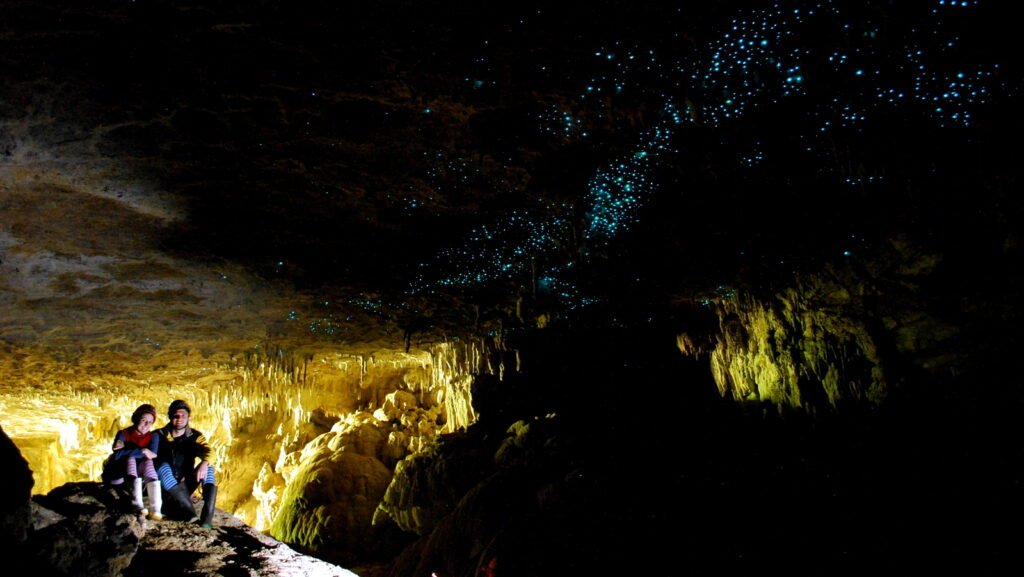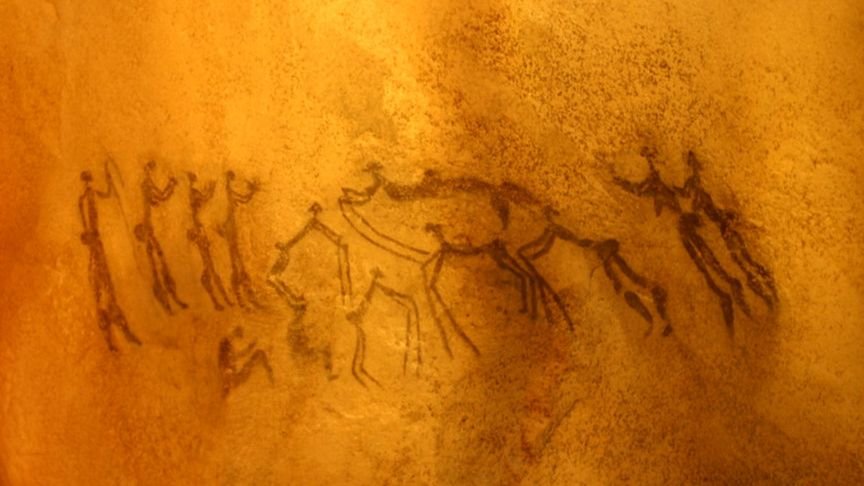It’s almost impossible to describe the shock of stepping into the pitch-black Waitomo Caves and suddenly looking up to see a galaxy of blue-green stars sprinkled across the ceiling. But those aren’t stars—they’re living creatures, tiny glowworms, each one casting its eerie, magical light in the darkness. For anyone who has witnessed it, the scene feels like walking through a dreamscape, or falling into a secret world where science and magic entwine. Why do these glowworms shine, and how have they come to master this glowing art? Behind their beauty lies a story of hunger, survival, and the ingenious use of light and silk in absolute darkness. Let’s journey deep into the Waitomo Caves and unravel the secrets of these dazzling, mysterious architects of the underground.
The Hidden World Beneath Waitomo
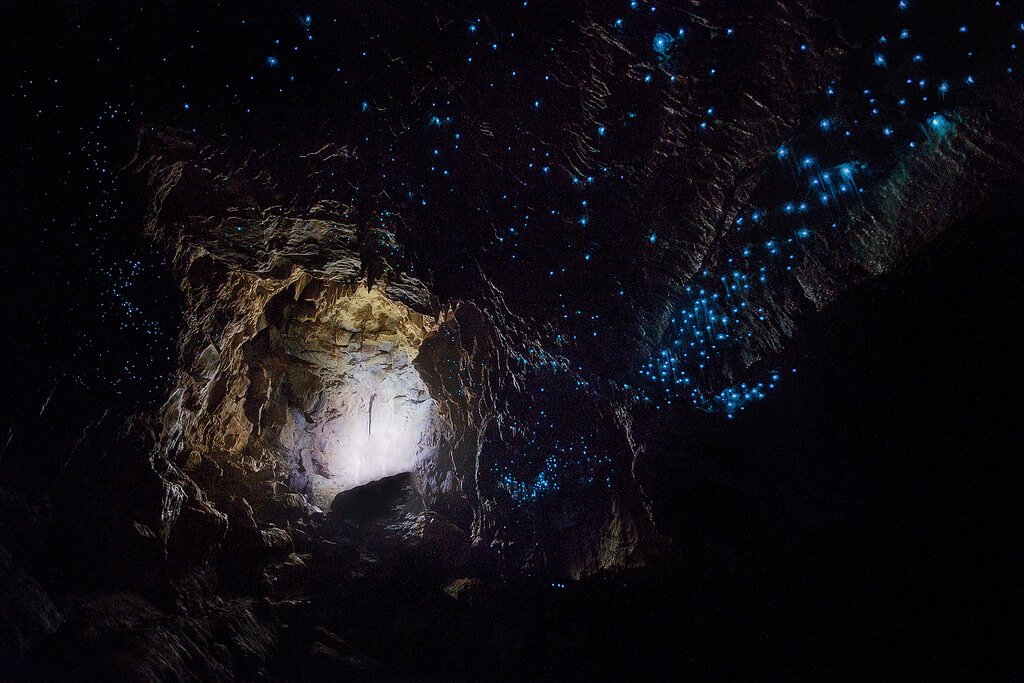
Beneath the rolling hills of New Zealand’s North Island, the Waitomo Caves stretch like veins through limestone, carved slowly over millions of years by water. These caves are more than hollowed rock—they’re living ecosystems, shaped by darkness and moisture. The air is thick and cool, echoing with the subtle drip of water and the occasional flutter of unseen wings. For many, the Waitomo Caves are famous not just for their natural beauty, but for the surreal light shows put on by thousands of glowworms. Walking into these caves is like stepping into another universe—a place where time moves differently and the ordinary rules of daylight don’t apply. People travel from all over the world, driven by curiosity and awe, just to catch a glimpse of the glowworms’ mysterious lights.
Meet the Waitomo Glowworm: Arachnocampa luminosa
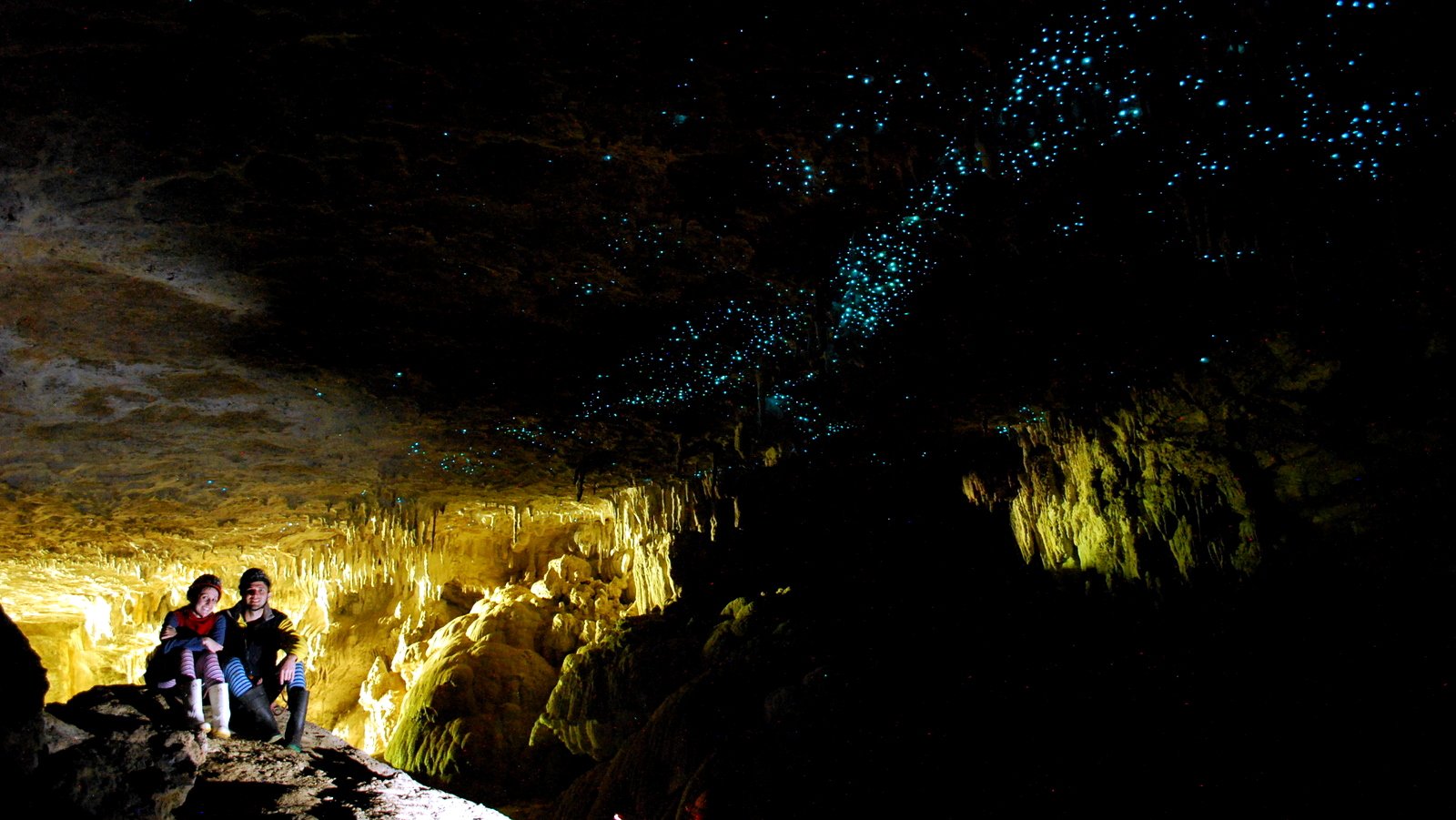
The star performers of the Waitomo Caves are not actually worms at all, but the larval stage of a species of gnat called Arachnocampa luminosa. These tiny creatures, only a few centimeters long, spend most of their life as larvae, glowing brightly in the dark. In their adult form, they become small, delicate flies, but it’s the larvae that steal the show. Living suspended from the cave roof, they create sticky silk threads to catch food. The name “glowworm” seems almost too humble for something so enchanting, but their scientific name hints at their spider-like hunting tricks and luminous magic. Every glowing body is a promise of survival—a signal to prey and a beacon to humans that something astonishing is happening in the darkness.
Bioluminescence: Nature’s Light Show
How do these glowworms light up the caves like stars? The answer lies in bioluminescence, a chemical reaction inside their bodies that produces cold, blue-green light. This light is created when an enzyme called luciferase acts on a molecule called luciferin, with oxygen and other chemicals joining the mix. Unlike a light bulb, there’s no heat—just pure, gentle radiance. The light shines from a special organ at the tip of the glowworm’s tail, and the intensity can be adjusted depending on hunger and environmental cues. The blue-green color is no accident; it’s the perfect shade to attract insects in the dark, as many bugs are drawn to this wavelength. The result is a cave ceiling that looks like a night sky, each glowworm a tiny lantern in the dark.
Why Glow? The Purpose Behind the Light
The glow of the Waitomo glowworm isn’t just for show—it’s a deadly lure. In the inky darkness of the caves, flying insects are attracted to the glow, mistaking it for moonlight or reflections of water. It’s a clever trap. The hungrier the glowworm, the brighter its light, as if desperation fuels its brilliance. This light acts as both bait and warning: while it draws prey, it also signals to other glowworms to keep their distance, reducing competition. The survival of each glowworm depends on its ability to outshine its neighbors and lure in enough food to complete its life cycle. It’s a beautiful but ruthless game of light and hunger.
The Silk Trap: Sticky Threads of Doom
If the glowing light is the invitation, the silk threads are the trap. Each glowworm spins dozens of long, sticky silk filaments that dangle from the cave ceiling like strings of pearls. These threads are coated with droplets of mucus, making them incredibly sticky—any insect that brushes against them is instantly caught. The glowworm waits patiently above, sensing the vibrations of a struggling victim before hauling it up and devouring it. It’s a scene straight out of a horror movie, but remarkably elegant in its simplicity. In the darkness, the glowing lights and invisible threads turn the cave into a deadly hunting ground, all orchestrated by creatures barely the length of a matchstick.
Evolution in the Darkness
How did these glowworms evolve such specialized skills? Over thousands of generations, life in the caves has shaped them into perfect predators of the dark. Without sunlight, vision is useless—so they developed the ability to create their own light. Their silk-spinning abilities echo the talents of spiders, but with a twist: their threads are designed for the unique challenges of the cave environment, sticky enough to grab even the smallest insects. The glowworm’s life cycle, hunting strategy, and even its glowing chemistry have all been finely tuned by evolution to fit the cave’s silent, shadowy world. In a place where survival is tough and food is scarce, every adaptation counts.
From Egg to Adult: The Glowworm Life Cycle
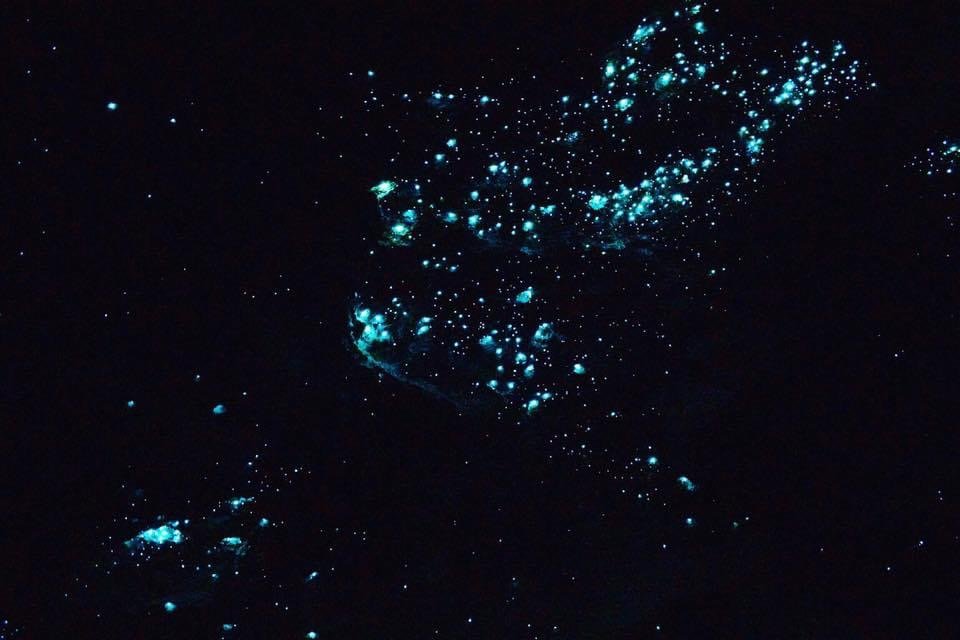
The journey of a glowworm begins as a tiny egg, hidden safely in the damp crevices of the cave ceiling. When the larva hatches, it immediately gets to work, spinning its first silk threads and glowing softly to attract prey. This larval stage can last up to a year, during which the glowworm eats voraciously, growing larger and brighter with each meal. Eventually, it forms a cocoon and pupates, undergoing a dramatic transformation. After about two weeks, the adult gnat emerges, but its time in the spotlight is tragically short—just a few days, during which it mates and lays eggs before dying. Most of a glowworm’s life is spent as a glowing hunter, a brief adult finale at the end of a long, luminous journey.
Starry Nights: The Visual Spectacle
If you could float through the Waitomo Caves in silence, the sight of thousands of glowworms twinkling above is utterly mesmerizing. Some visitors compare it to drifting through space, surrounded by distant galaxies. The effect is so enchanting that people often fall silent, overcome by the wonder of it all. Guides will sometimes turn off their torches, plunging everyone into darkness until the only thing visible is the glowing tapestry overhead. The stillness, the chill in the air, and the soft glow of thousands of living lights combine to create an experience that’s almost spiritual—a reminder of how much beauty hides in the least expected places.
Diet and Prey: What Glowworms Eat
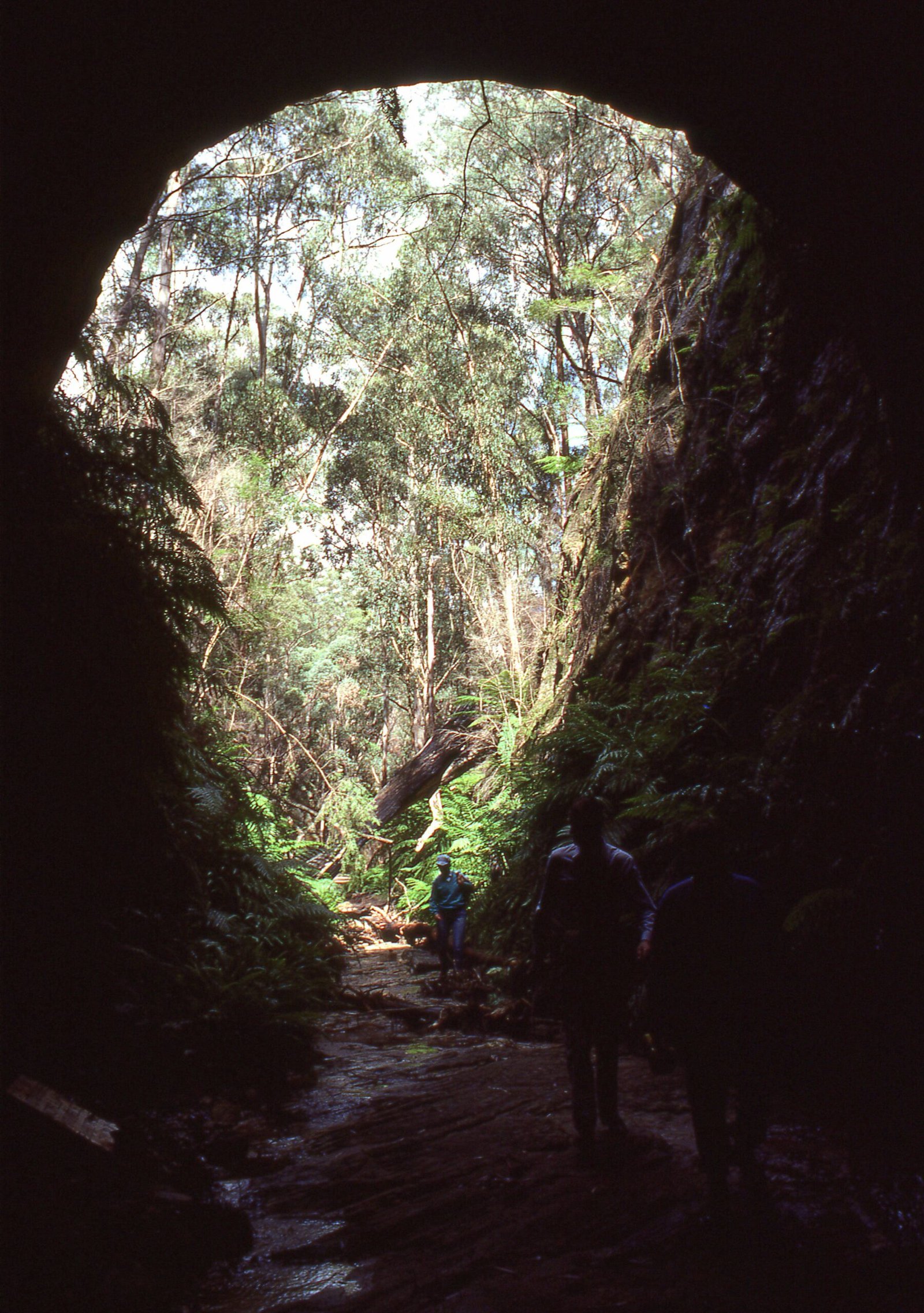
Glowworms are not picky eaters, but their diet depends on what stumbles into their traps. Insects like moths, midges, mayflies, and even tiny spiders are all fair game. The cave environment limits what prey is available, so glowworms must be both patient and opportunistic. When an insect gets snared in the silk threads, the glowworm injects digestive enzymes to break down its prey before slurping up the liquefied meal. This gruesome dining method allows the glowworm to extract every bit of nutrition from its catch. In a world where meals are rare and hard-won, every insect counts.
Competition and Cannibalism
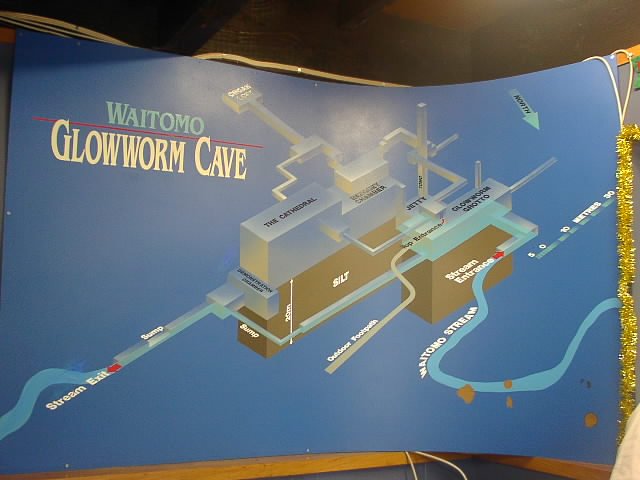
In the crowded ceilings of Waitomo, glowworms aren’t just competing with other species—they’re also rivals with each other. The brightest glowworms attract the most prey, but they also risk drawing the attention of their neighbors. When food is scarce, glowworms have been known to turn on one another, practicing cannibalism in the fight for survival. This fierce competition means that only the strongest and cleverest glowworms make it to adulthood. It’s a stark reminder that behind the beauty of the glowing lights lies a world of constant struggle, where nature’s rules are both breathtaking and brutal.
Environmental Sensitivity: Fragile Beauty
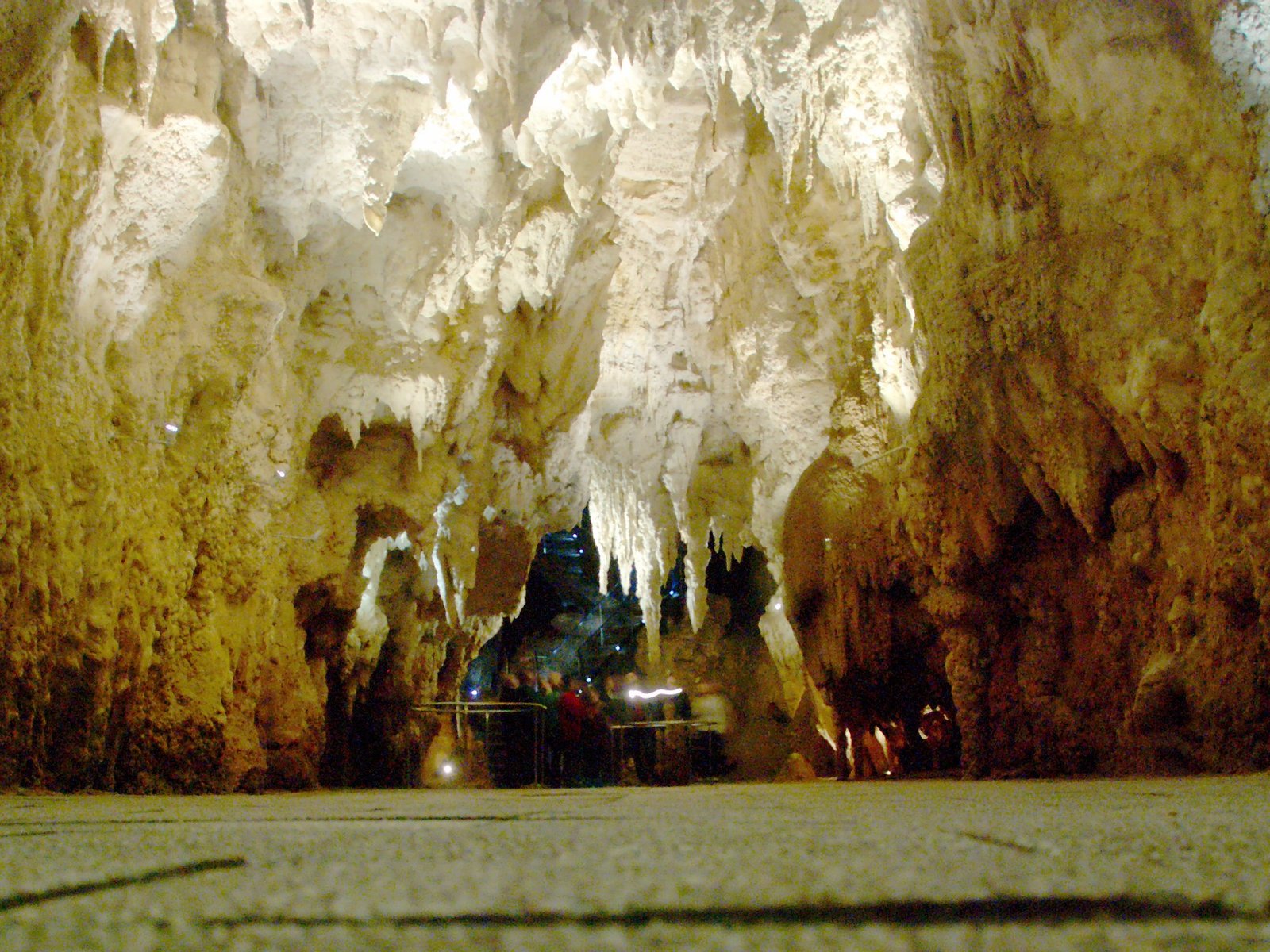
The glowworm ecosystem is incredibly sensitive to changes in its environment. Even small shifts in temperature, humidity, or airflow can disrupt their delicate balance. Human visitors bring warmth and CO2, which can stress the glowworms or alter their glowing patterns. Pollution, climate change, and changes in insect populations also pose serious risks. Conservationists and cave operators work hard to protect the caves, limiting visitor numbers and carefully monitoring conditions to ensure the glowworms continue to thrive. Their survival depends on our respect and stewardship of their magical world.
Tourism and Cultural Impact
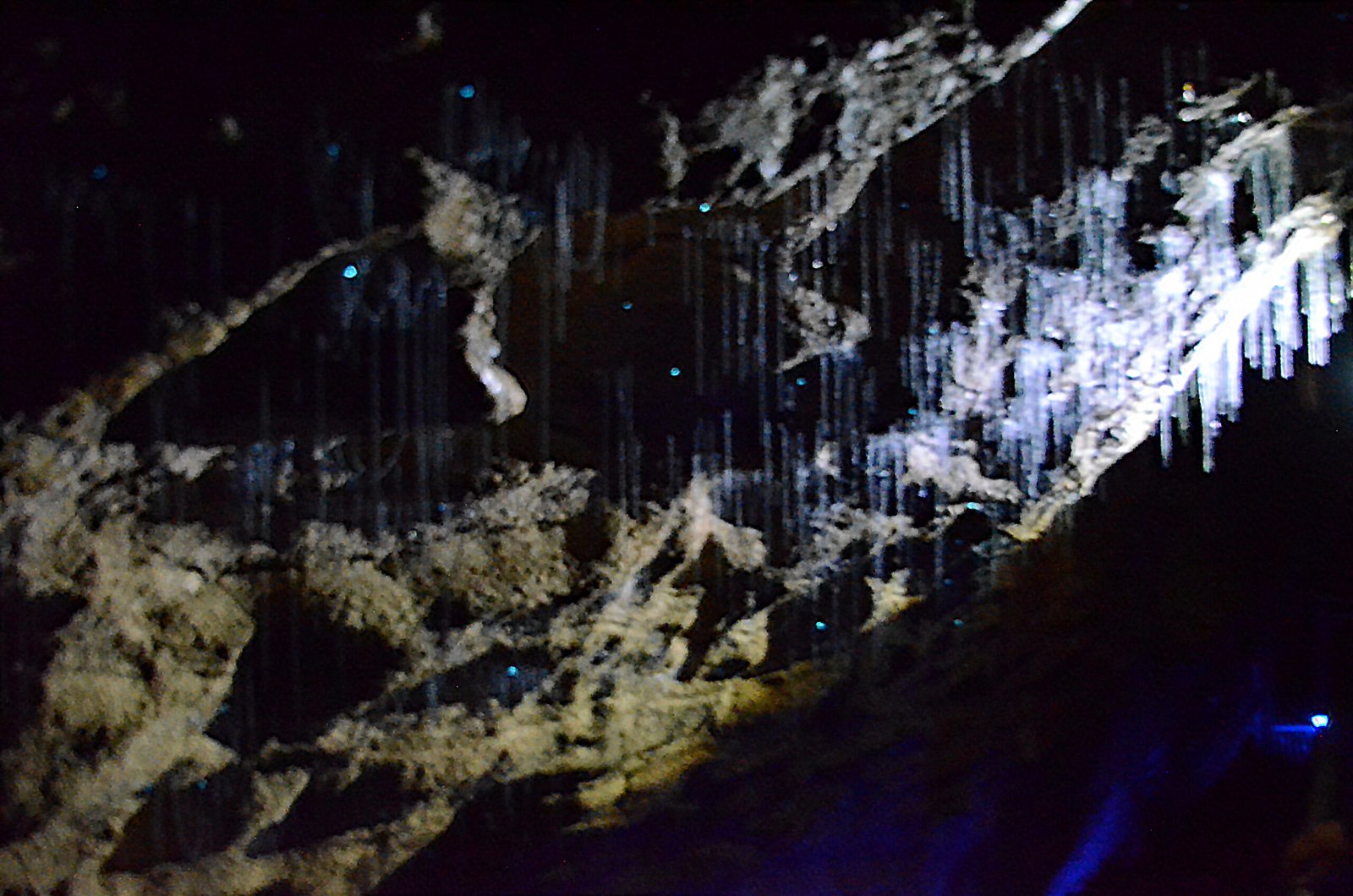
The Waitomo glowworms have become a symbol of New Zealand’s natural wonders, attracting thousands of tourists every year. For local communities, the caves are a source of pride and a vital part of the economy. Guided tours, boat rides, and glowworm experiences support jobs and foster a sense of guardianship over the caves. But tourism also brings challenges—more visitors mean more risk of disturbance. Striking a balance between sharing the glowworms’ magic and protecting their fragile home is a constant challenge, but one that most agree is worth the effort.
Scientific Research: Unlocking Bioluminescence

Scientists have long been fascinated by the glowworms’ unique light. Studying their bioluminescence has offered insights into chemistry, genetics, and even medical applications. Researchers have explored the enzymes and molecules behind their glow, hoping to harness similar reactions for everything from medical imaging to sustainable lighting. The Waitomo glowworm’s light has inspired not just wonder, but innovation—reminding us that sometimes the smallest creatures can spark the biggest ideas.
Predators and Threats
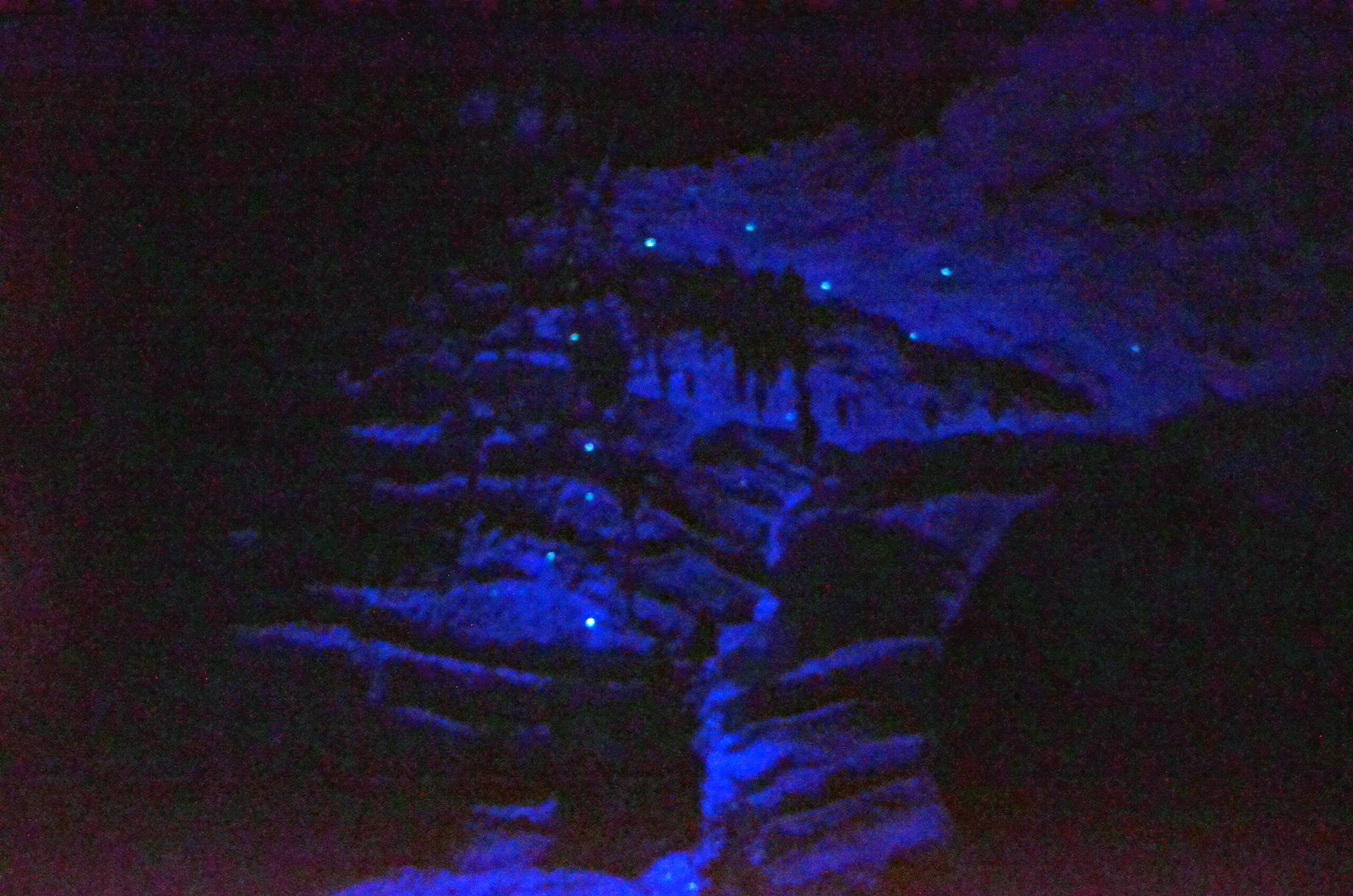
Despite their deadly traps, glowworms have their own predators to worry about. Spiders, beetles, and even some birds have learned to hunt glowworms or steal their prey. Fungal infections and parasites can also take a toll, especially if environmental conditions change. The biggest threat, however, comes from humans—either through direct disturbance or the impacts of pollution and climate change. The glowworms’ survival depends on the continued health of their cave home and the web of life that supports them.
Adaptations to Cave Life
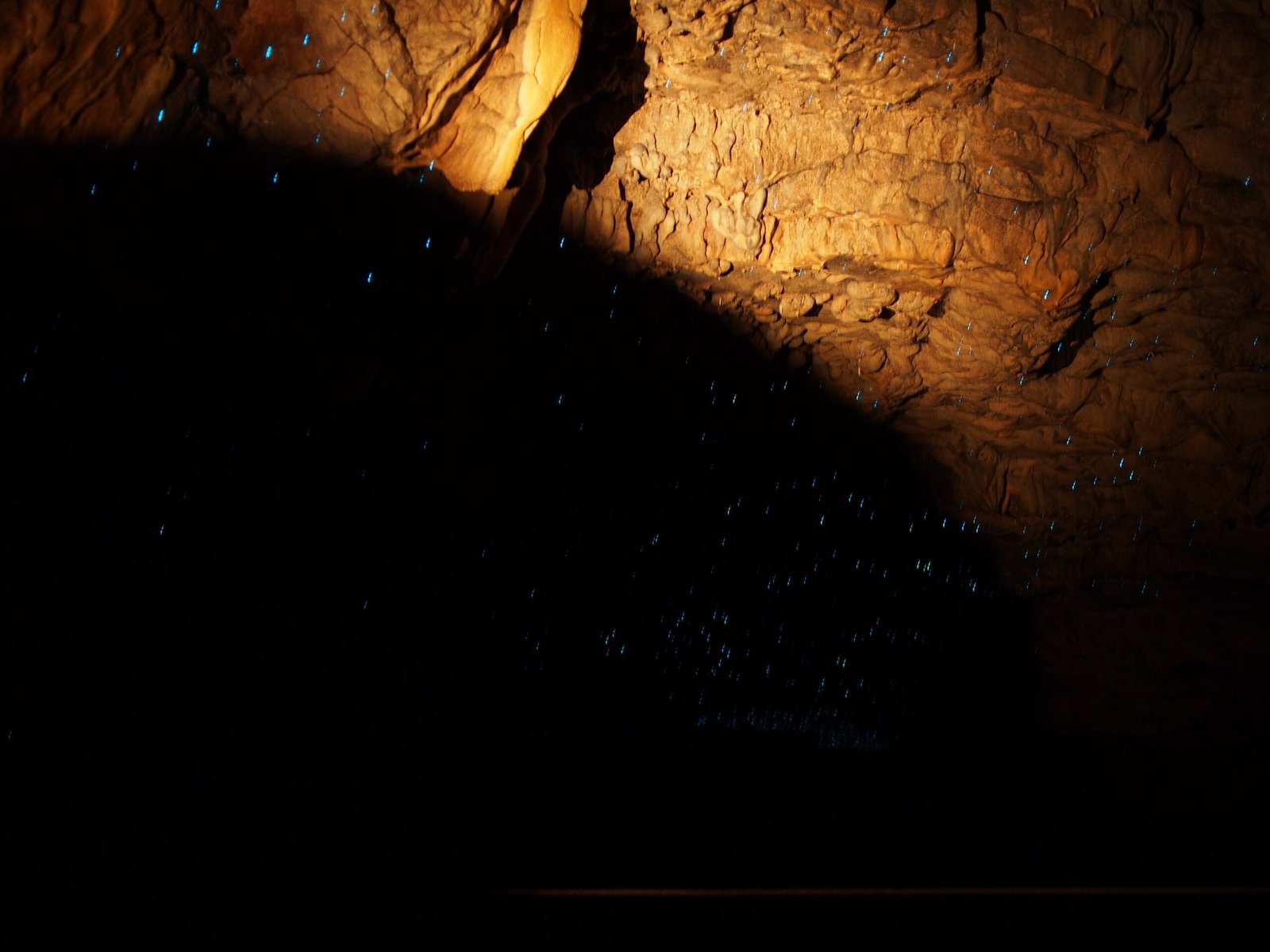
Living in total darkness requires some pretty wild adaptations. Glowworms have lost much of their eyesight, relying instead on touch and vibration to sense the world around them. Their silk threads are uniquely designed to work in the damp, airless cave environment, staying sticky even in high humidity. The bioluminescent organ at their tail tip is specialized for maximum brightness with minimal energy use. These adaptations have turned the glowworm into a master of its shadowy realm—perfectly suited to a life without sunlight.
Comparing Glowworms Worldwide
While Waitomo’s glowworms are perhaps the most famous, they’re not alone in the world. Different species of bioluminescent larvae can be found in Australia, the Americas, and even parts of Asia. Each has evolved its own unique light and hunting strategies, but none create the dense, starry displays found in Waitomo. The particular combination of cave conditions, species, and evolutionary history makes Waitomo’s glowworms truly one-of-a-kind. It’s a reminder that nature often finds multiple answers to the same problem, each one dazzling in its own way.
Myths, Legends, and Local Stories
For the Māori, the original people of New Zealand, the Waitomo Caves are places of deep spiritual significance. Stories abound of the glowing lights as spirits, ancestors, or magical creatures guiding the way. Local legends blend science and myth, turning the caves into places of wonder and reverence. Even today, guides often share these stories with visitors, weaving together fact and folklore to enrich the experience. The glowworms aren’t just insects—they’re threads in the rich cultural tapestry of Waitomo.
Experiencing the Caves: A Visitor’s Perspective
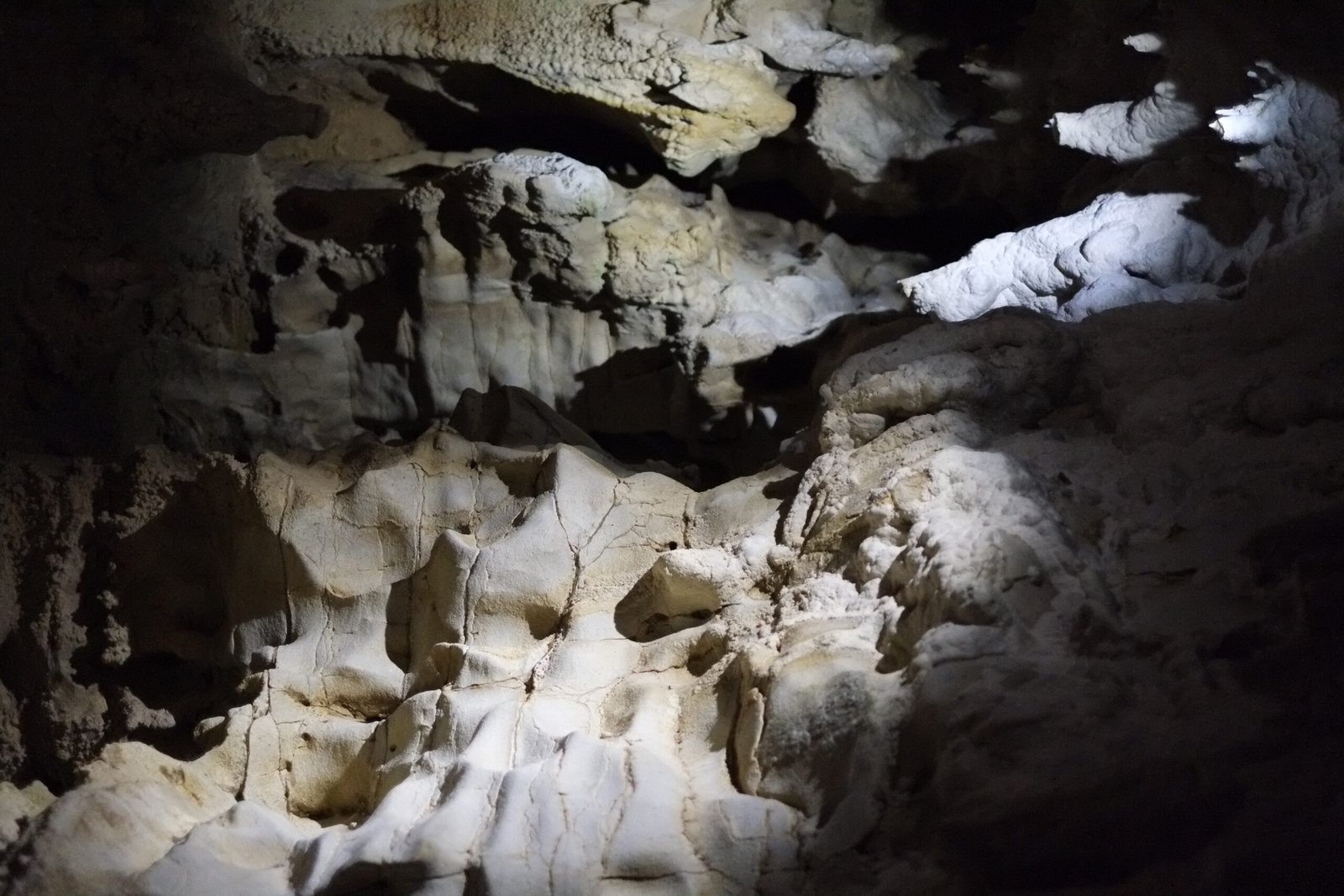
Nothing prepares you for the feeling of drifting quietly beneath a canopy of living lights. Some visitors describe the experience as humbling, even transformative. The silence, the glow, and the knowledge that you’re witnessing a natural phenomenon millions of years in the making—all combine to create a memory that lingers long after you leave. For many, it’s a reminder of the power and beauty of the natural world, and the importance of protecting it for future generations.
The Future of Waitomo’s Glowworms
As our world changes, so too do the challenges facing the glowworms of Waitomo. Climate change threatens to alter the delicate cave ecosystem, while increased tourism brings both opportunities and risks. Scientists, conservationists, and local communities are working together to ensure that the glowworms continue to light up the caves for generations to come. The future will require careful balance, innovation, and a deep respect for the magic that hides in the dark.
What Lies Beneath: The Enduring Mystery
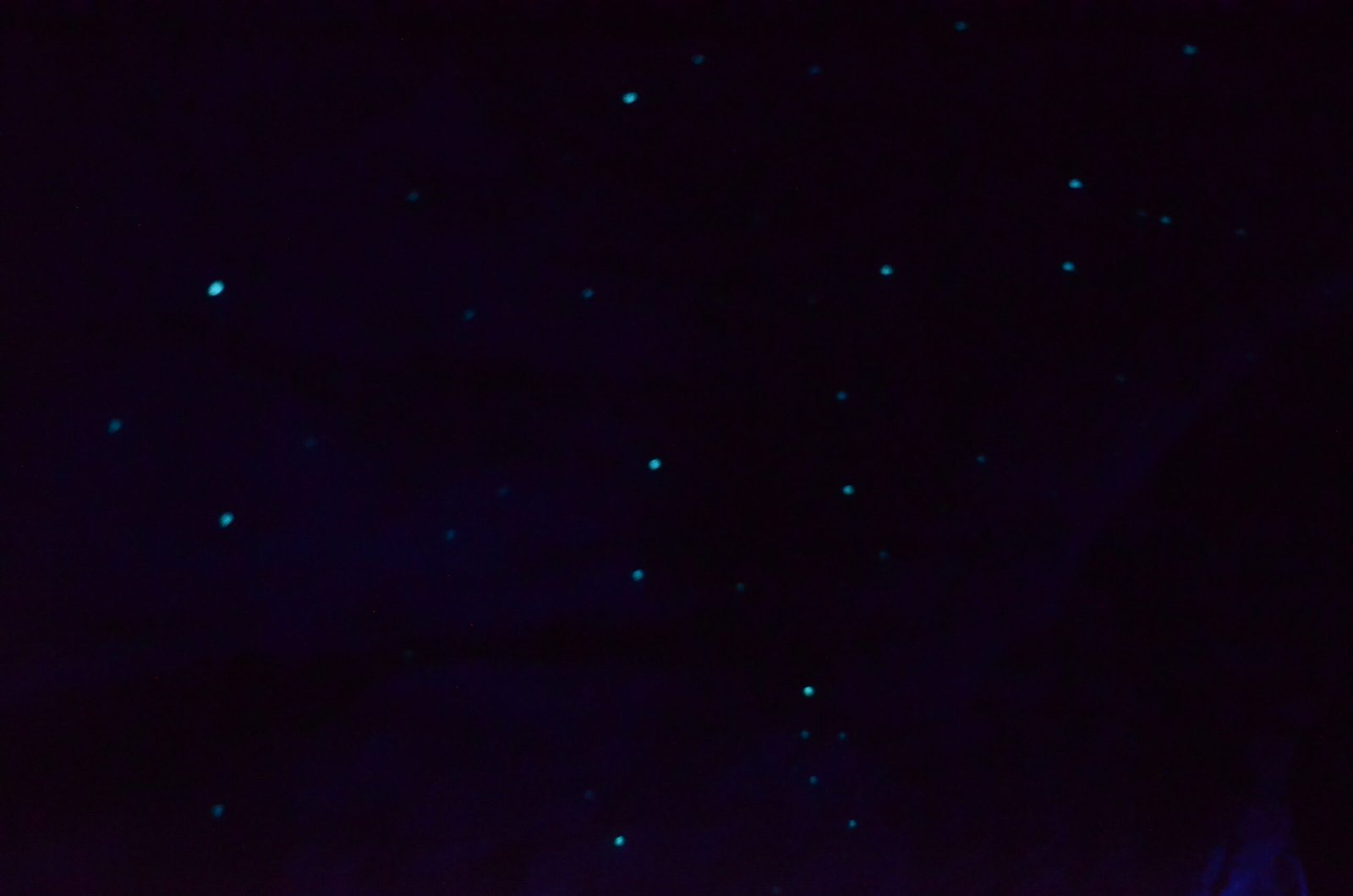
No matter how much we learn about the glowworms of Waitomo, some mysteries remain. Why do they glow so beautifully? How did such a perfect balance of light, silk, and darkness evolve? Standing beneath the living stars of the Waitomo Caves, it’s hard not to feel a sense of awe. The glowworms remind us that even in the darkest places, life finds a way to shine—quietly, brilliantly, and against all odds.

